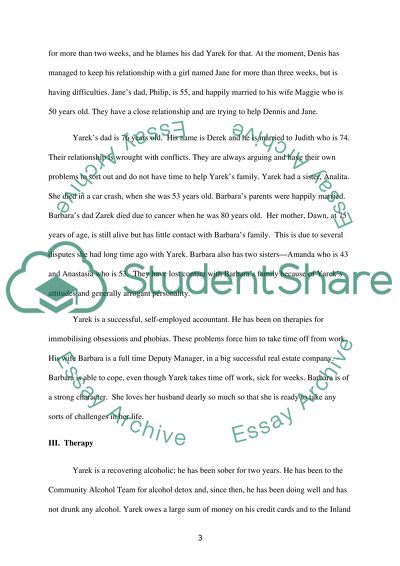Cite this document
(“Analysis of Systems Family Therapy Case Study Example | Topics and Well Written Essays - 3500 words”, n.d.)
Analysis of Systems Family Therapy Case Study Example | Topics and Well Written Essays - 3500 words. Retrieved from https://studentshare.org/health-sciences-medicine/1410347-systemic-family-therapy-essay
Analysis of Systems Family Therapy Case Study Example | Topics and Well Written Essays - 3500 words. Retrieved from https://studentshare.org/health-sciences-medicine/1410347-systemic-family-therapy-essay
(Analysis of Systems Family Therapy Case Study Example | Topics and Well Written Essays - 3500 Words)
Analysis of Systems Family Therapy Case Study Example | Topics and Well Written Essays - 3500 Words. https://studentshare.org/health-sciences-medicine/1410347-systemic-family-therapy-essay.
Analysis of Systems Family Therapy Case Study Example | Topics and Well Written Essays - 3500 Words. https://studentshare.org/health-sciences-medicine/1410347-systemic-family-therapy-essay.
“Analysis of Systems Family Therapy Case Study Example | Topics and Well Written Essays - 3500 Words”, n.d. https://studentshare.org/health-sciences-medicine/1410347-systemic-family-therapy-essay.


